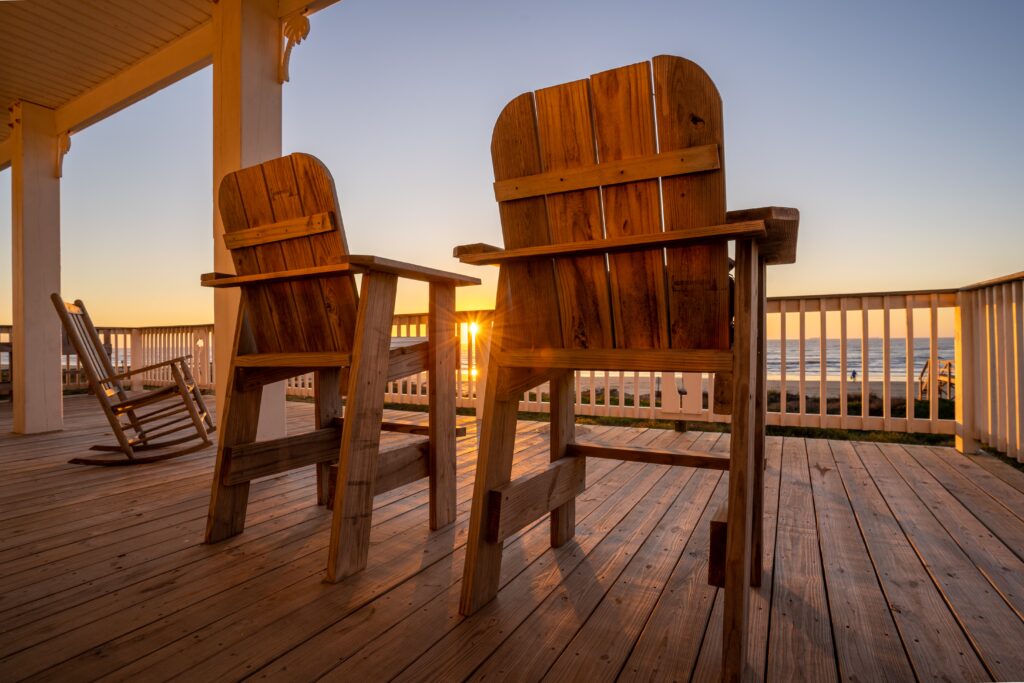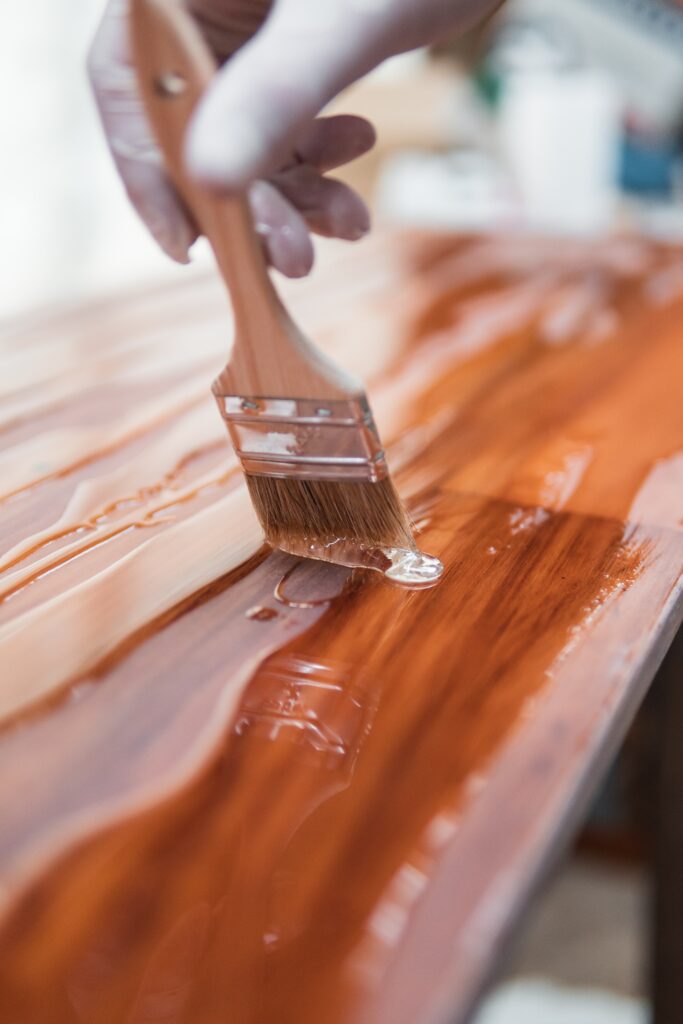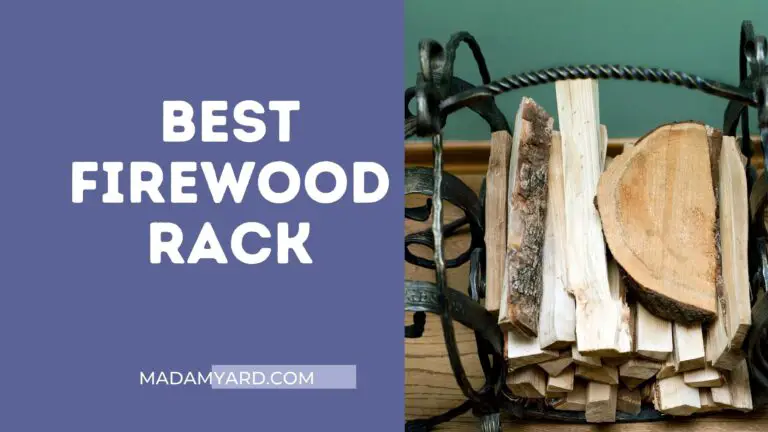11 Disadvantages of Acacia Wood You Should Know
Acacia wood furniture is a great choice for those who are looking for a budget-friendly option, but there are some disadvantages to consider before making the purchase.
Acacia wood comes from the Acacia trees and bushes that grow in Australia. These trees and bushes are now common in Asia, the Pacific Islands, Africa, and some parts of the Americas. Acacia trees come in over a thousand various types. The hardwood obtained from the tree is useful for long-lasting manufacturing furniture.
Acacia wood is said to survive up to 40 years if not treated or protected. It’s a deep brown color with an appealing natural grain that adds a warm, rich touch to any room.
Acacia’s resilience means it won’t be easily scratched. Its water-resistant characteristics ensure it won’t distort and is resistant to fungus. Like many other varieties of wood, Acacia is naturally antimicrobial, making it suitable for food preparation and presentation.

Disadvantages of Acacia Wood
Let’s discover the disadvantages of Acacia Wood furniture.
1. Acacia wood is susceptible to temperature changes
Although Acacia is one of the toughest woods, it does not fare well in extreme temperatures. Acacia fractures quickly in warmer weather. According to research, high temperatures weaken the fibers in acacia timber, causing it to split easily.
The problem is exacerbated in areas with considerable temperature swings in a single day. Acacia furniture, for example, will readily degrade in regions with hot daytime temperatures and frigid nighttime temperatures.
In addition, Acacia wood expands as well under humid or rainy/snowy circumstances. If you want to use Acacia wood used as outdoor furniture, make sure the furniture is rotated often to avoid prolonged exposure to the elements. Direct exposure to heat sources such as the sun and a fireplace should also be avoided.
2. Difficult to collaborate with
Another downside is that the density of acacia wood makes it tough for woodworkers to deal with. Because of the weight, it is difficult for them to cut, sand, and finish the material by hand or with machine equipment.
If you’re hunting for something simple to do with your hands, this might not be the best solution. There are a variety of woods that are simpler to deal with.
3. It requires upkeep
Acacia wood, like any other species of wood, requires upkeep to keep it looking its best. To keep your furniture from fading or becoming damaged, you should clean and polish it regularly.

If you don’t have the time or desire to accomplish this, acacia wood might not be the most fantastic option. Acacia wood furniture takes more upkeep than other forms of furniture.
To maintain it looking its finest, you should clean and polish it regularly. If you don’t have the time or interest to perform routine maintenance, acacia wood may not be the ideal choice for you.
4. It has a darkening effect
When exposed to air and light, acacia wood loses its bright hue and darkens. To avoid this, rotate your furniture regularly to ensure that every furniture area has equal exposure to light and air.
If you often place hot food on your acacia furniture, you will notice a darkening effect beneath the object.
5. Difficult to remove scratches against the grain
Although acacia wood is scratch-resistant, it can occasionally develop scratches that go against the grain. Unfortunately, even with many touch-ups, these scratches are impossible to erase.
The only method to remove these scratches is to redraw the grain markings, which is a difficult task.
6. Numerous flaws
The acacia tree is a shrub with twisted branches. Almost every acacia item contains knots, stains, color variances, and other flaws. The grain of the wood has imperfections. It will be challenging to do what you want with the wood.
7. Swelling and bulge
If the furniture item is exposed to rain or snow for a longer time, it may expand and bulge. Aside from rain and snow, placing acacia wood in full sunlight can cause fading and even splitting, making it unsuitable for use near fire pits or fireplaces. Warping can also be caused by extreme heat.
8. Weight
Weight and density are also possible drawbacks. Although acacia wood slabs are not very hefty, acacia wood furniture is. As a result, they are tough to relocate.
9. Difficult to find
This wood is more complicated to get than mahogany or teak. Because it grows in natural areas in Africa and Australia, its goods are more difficult to find.
10. Transportation is an issue
Because acacia wood is an extraneous wood, shipping it from Africa or Australia might be problematic. When compared to other hardwoods, this makes acacia wood relatively pricey.
11. Affordability is only proportional to your current budget
When it comes to high-quality outdoor furniture for your patio, Acacia wood is very inexpensive compared to comparable goods. Compared to teak, this material costs around three times as much while providing the same resistance level to outside elements.
Does acacia wood turn grey?
Acacia, like most hardwoods, will soon become grey if exposed to direct sunlight for long periods of time without being coated with an ultraviolet-dispersing finish.
Conclusion
Acacia is a terrific wood for furniture in general. Acacia, like anything else, has disadvantages. You must keep an eye on your furniture’s light and heat sources.
There are, of course, some other problems as well. Acacia wood is more expensive than most American hardwoods because it is rare and has many uses. Also, acacia furniture is made of wood that is heavy and dense.
So, those are a few of the bad things about acacia wood. You might not care about any of these things. The pros and cons depend on the situation, but it’s always good to know as much as you can.
Now that you are aware of the disadvantages of acacia wood furniture, you can make an informed selection. The acacia wood drawbacks are numerous and should be considered by any consumer before pulling out their cash to purchase the furniture.
It is also worth looking at all of them before purchasing furniture that will not provide you with long-term happiness. You don’t want to make a hurried selection since acacia wood furniture will survive for roughly fifty years and may stand for generations. I hope you now have all of the answers you were looking for.







